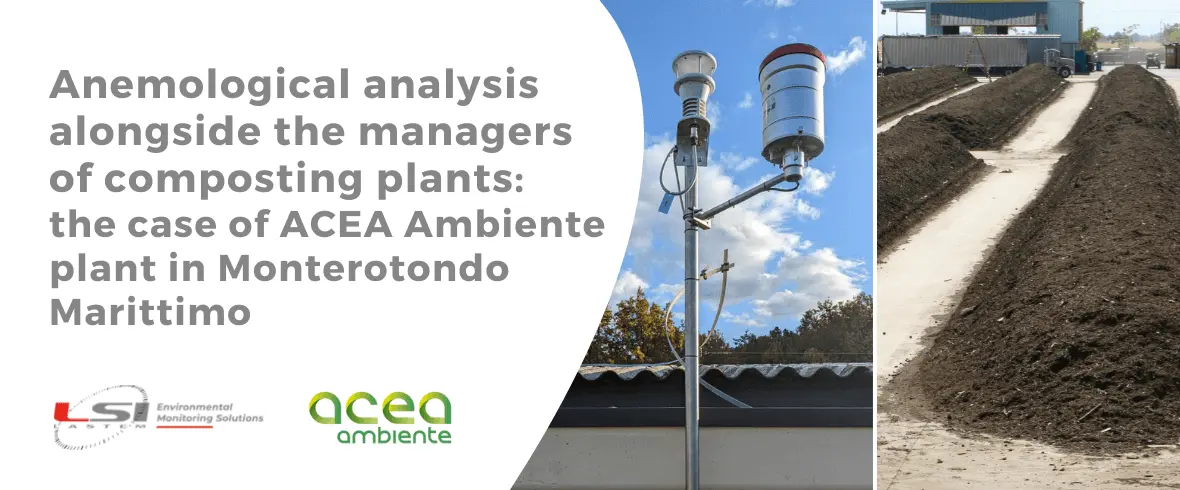The ACEA Ambiente professional meteorological station is connected to the LSI LASTEM Enviro Cube cloud platform, which allows, in addition to displaying and downloading data, historical analysis and setting alarms.
Enviro Cube also features the AIR QUALITY MODEL that calculates and displays the odour concentration on the map (in odour units or as a percentage of the calculated maximum value) in a given area.
The program uses a simplified version of the WinDimula Gaussian model developed by ENEA (Ente Nazionale Energie Alternative) and recommended by ARPA. A correct simulation of the fallout of odorous particles is essential to understand where and in what concentration the odours produced by the plant have the greatest impact on the neighboring areas.
In this in case, the results of the dispersion model are compared with those coming from the quarterly samplings of the air quality in the receptors near the plant.

